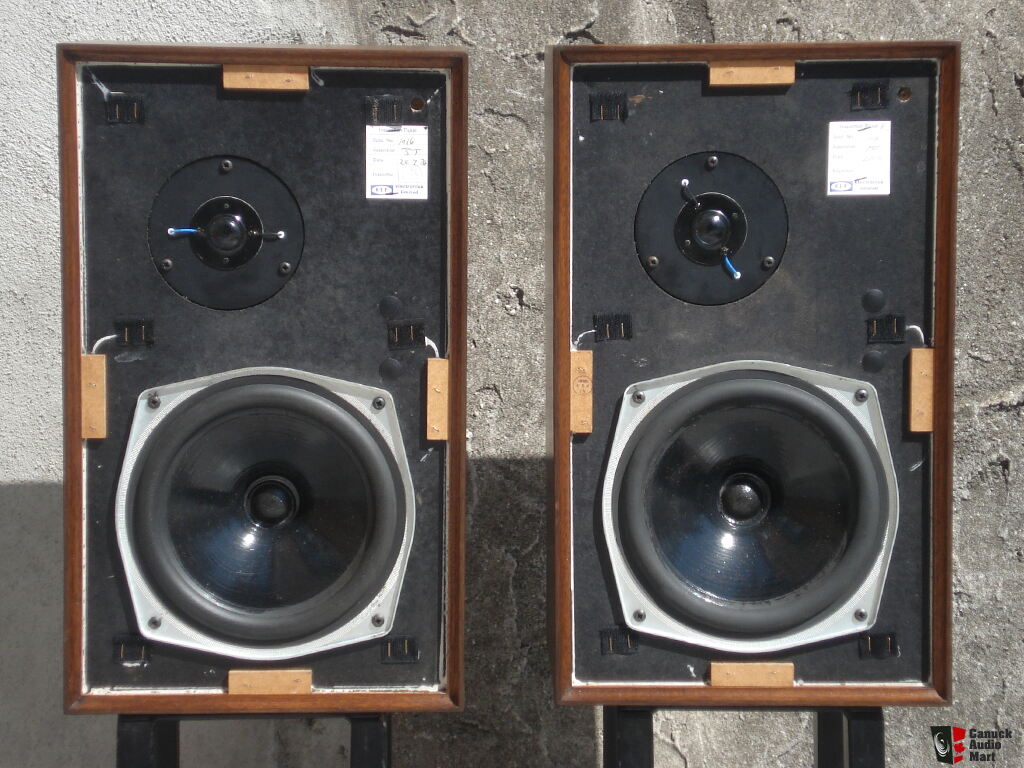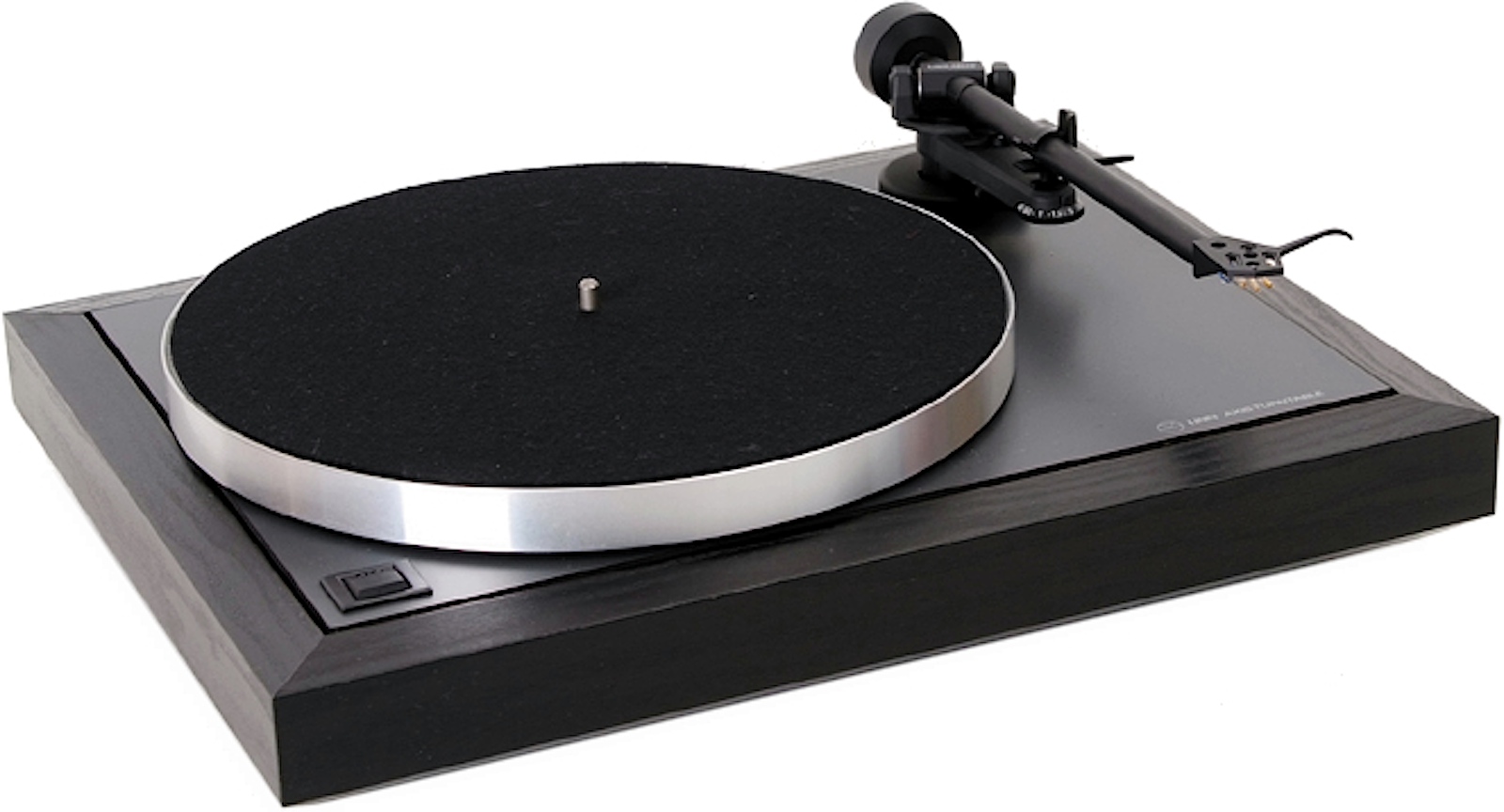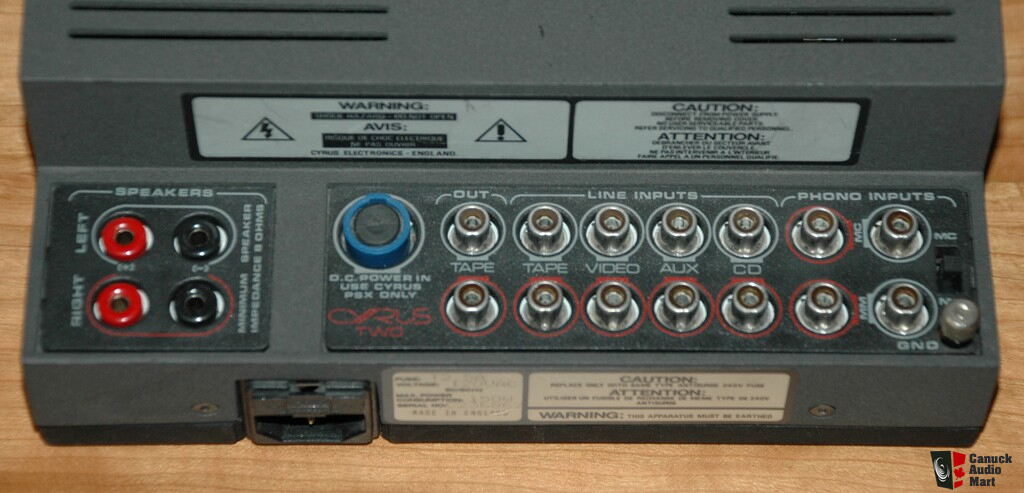Now, I know basic US rules and for the US, only the hot is switched for 120 V. We have split phase, so both hots have to be switched.
I THINK that once it's in a piece of equipment, you can fuse the neutral or switch the neutral. If i purchased a 120 VAC appliance wih a polarized plug, only the HOT would be switched.
If I bought a 120/250 50/60 Hz gizmo, it's likely that the neutral is switched and the device has a 3 prong or grounded cord.
e.g. https://www.te.com/commerce/Documen...CBS1&DocType=Customer+Drawing&DocLang=English
I know there's some weirdness that happens when larger power stuff is built for the US/uk markets.
So, not sure what the usual deal is in the uk or Vietnam for that matter. The US has basically a centertapped 120-0-120 transformer at the home. The center tap is neutral. The uk, I believe has a single secondary where one side is the neutral.
So, in the US we still have a single phase distribution, but the secondary is sometimes called split-phase.
I THINK that once it's in a piece of equipment, you can fuse the neutral or switch the neutral. If i purchased a 120 VAC appliance wih a polarized plug, only the HOT would be switched.
If I bought a 120/250 50/60 Hz gizmo, it's likely that the neutral is switched and the device has a 3 prong or grounded cord.
e.g. https://www.te.com/commerce/Documen...CBS1&DocType=Customer+Drawing&DocLang=English
I know there's some weirdness that happens when larger power stuff is built for the US/uk markets.
So, not sure what the usual deal is in the uk or Vietnam for that matter. The US has basically a centertapped 120-0-120 transformer at the home. The center tap is neutral. The uk, I believe has a single secondary where one side is the neutral.
So, in the US we still have a single phase distribution, but the secondary is sometimes called split-phase.






